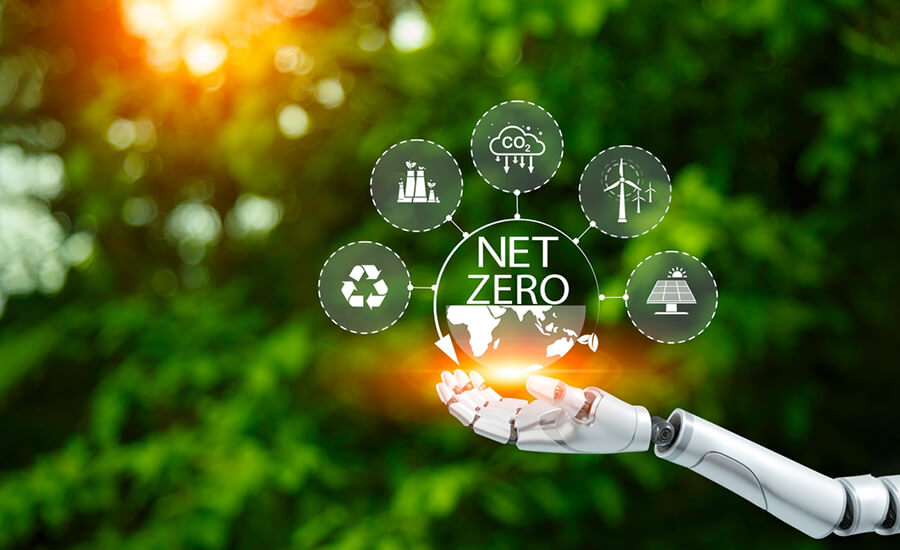Climate change is arguably the most pressing issue of our time, a complex challenge that requires innovative, multidimensional solutions. As we navigate this urgent terrain, artificial intelligence (AI) is emerging as a potent ally, providing us with valuable tools to predict, mitigate, and adapt to the effects of our changing climate. However, along with the potential, AI brings a set of questions and challenges that demand thoughtful examination and responsible action.
AI has immense predictive capabilities, making it a powerful tool for climate scientists. Complex algorithms can analyze vast amounts of climate data, from temperature readings to ice core samples, to generate precise models and predictions. These AI-powered forecasts help us understand climate patterns, anticipate future changes, and plan effective responses.
Moreover, AI is instrumental in detecting and monitoring climate change’s real-time impacts. Machine learning algorithms can analyze satellite images to track deforestation, melting ice caps, and other environmental changes. By providing a clearer picture of our planet’s health, AI empowers us to act swiftly and decisively.
On the mitigation front, AI is a key player in optimizing energy efficiency. AI algorithms can manage and optimize energy grids, reducing waste and increasing the use of renewable sources. Smart home systems use AI to monitor and adjust energy consumption, while in manufacturing, AI can optimize processes to reduce carbon emissions.
AI is also driving innovation in climate change solutions. From designing new materials for carbon capture to developing efficient crop varieties that can withstand changing climate conditions, AI’s problem-solving capabilities open new frontiers in climate action.
Yet, as we tap into AI’s potential, it’s crucial to acknowledge and address the challenges it presents. AI systems, particularly those that require vast computational power, can have significant energy footprints. We must ensure that the AI industry is moving towards renewable energy sources and is committed to reducing its carbon emissions.
Ethical and social implications are equally important. Who gets to access and benefit from AI-powered climate solutions? How do we prevent the misuse of AI in this domain? And how can we ensure that AI contributes to a just and inclusive climate future, rather than exacerbating existing inequalities?


Addressing these questions requires a holistic approach. Policy and regulation must evolve to guide the ethical use of AI in climate action. Transparency and accountability should be integral to AI-driven climate initiatives. Moreover, collaboration between AI experts, climate scientists, policymakers, and local communities is essential to harness AI’s potential responsibly and effectively.
Looking ahead, AI has a pivotal role in shaping our climate future. It could revolutionize climate science, spur innovative solutions, and guide our path towards a more sustainable and resilient world. As we leverage AI in our climate journey, let’s remember that technology is not a panacea but a tool—one that, used thoughtfully, can help us navigate the challenges of climate change and carve out a better future for our planet. Our shared responsibility is to wield this tool wisely, with an eye towards the better world we hope to shape.

